Wollangarra is a wonderful outdoor education centre located on the Macalister River near Licola in the foothills of the Victorian high country. Like Mittagundi, it is known for its long commitment to offering life changing experiences for young people in a gorgeous environment.
Smitho and Katie are the directors at Wollangarra and see the place as being in a time of building its profile:
Smitho: “We took on the directorship at Wollangarra this year. I was previously on staff. We really see value in broadening the Wollangarra community, getting more people involved and widening the reach of our programs. We are working to build the profile, bring in more fundraising and increase our ability to do the value giving stuff we do well.”
What drew you to Wollangarra?
“When I was in my 20s, I did lots of travel and WWOOFing both in Australia and overseas (Willing Workers on Organic Farms was an earlier version of Work Away, offering the chance for travellers to work on and assist organic farming and community ventures). I WOOF’d at a land education centre near Bermagui on the south coast of NSW with Dean and Annette. It was called The Crossing. They told me about Wollangarra. They had been involved in the early days of Wollangarra and suggested I head there. It sounded great, but I was heading north at the time.
About four or five years later, I was WOOFing at a property on the Mornington Peninsula. I was staying in a caravan and there was a copy of the book ‘Second Hand and Solid’ which was the story behind the philosophy of Wollangarra, written by Ian Staplyton, who is one of the founders of Wollangarra. I was studying conservation and land management at a TAFE at the time. The book really resonated with me because it focused on practical conservation and giving young people the chance to connect with each other and nature. It connected with what Dean and Annette had told me years earlier.
During my next holidays, I took a trip to both Mittagundi (located on the upper Mitta Mitta/ Big River, roughly north of Omeo) and Wollangarra. Shortly afterwards I took on a job at Wollangarra and did a year there. Then I took off to WA for a few years.
Then a post came up for director at Wollangarra. With my partner Katie and our 3 kids (Frankie 11, Floyd 11, Pearl 9), we packed things up and drove across the Nullabor, back to Wollangarra. We are loving being here.
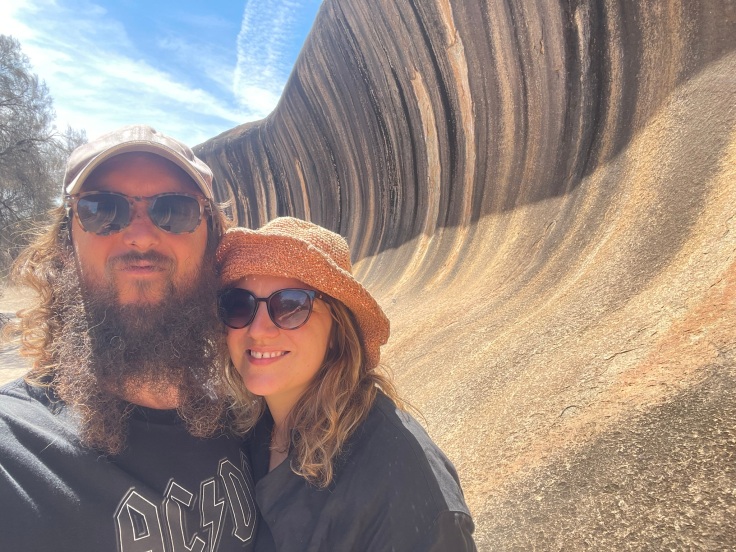
What happens at Wollangarra?
Smitho says “The simplicity of the programs is part of what drew me here. The simplicity allows for flexibility in what we are doing and this in turn allows the magic to happen.
We introduce kids to the Wollangarra property once they arrive – the gardens and animals and the property in general. There is always good work to be done: cutting firewood, maintenance of buildings and infrastructure, animals to care for, gardens to be tended, cooking and preserving food.
This work is about maintaining and building the health of the place.
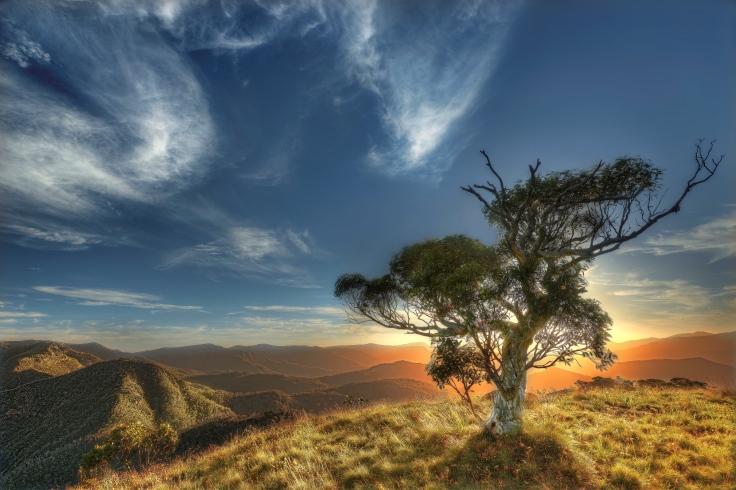
Then we go walking. This might be close by to the farm or further afield in the high country.
It’s simple, but its magic. The place itself does much of the work that allows this to happen – the day to day challenges of being on a working farm, and then being out in nature. The challenge is the important part of the growth that the students experience.
The high country is remote – this raises its own set of issues in terms of safety. The kids understand that when it gets hard they still need to get themselves home – back to Wollangarra – and this leads to strong community support among the group. In a real sense we are all in it together. If someone is struggling, we work it out together.
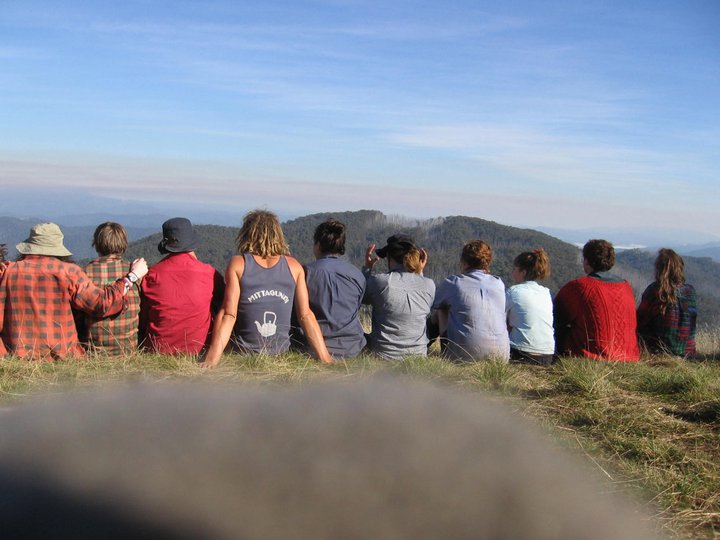
The simple nature of the programs does allow us to be flexible. If for instance the weather is bad, we stay put. If the weather is great we may just decide to keep walking and experience new places. The simplicity and flexibility allows us to have challenging adventures – and this is what the participants really remember.
We have school groups that come to the property and we can offer them different levels of courses and activity:
They normally start on Stage 1 programs, which we see as ‘meeting the mountains’. We take them out there and show them the magic.
Kids that enjoy that may come back and do Stage 2 – ‘giving back to the mountains’. That usually involves some useful and practical work. It might include revegetation and tree planting, maintaining the Wollangarra property, looking after the high country huts.
Its all about getting out into the mountains. Having fun, building a sense of the group, doing some work that improves things for everyone. The kids get to experience the joy of doing something good for others and for the planet.
They can join in on Stage 2 trips as often as they like.
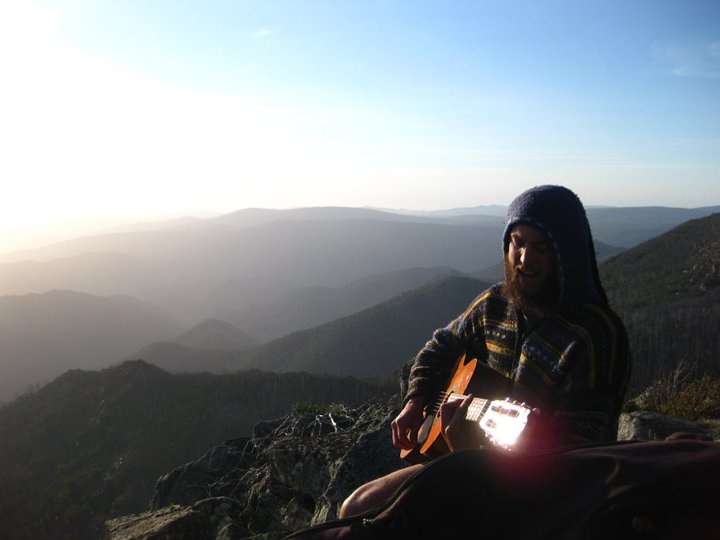
Then there is Stage 3, which is targeted at older kids. They organise their own hikes and projects. The staff assist with planning and guiding them, but they come up with their own ideas. They learn team building, decision making and other skills during this process. We try to assist them in getting the skills or experience they want. For instance, we sponsor a couple of students a year to go through a Wilderness First Aid course.
Looking to the future
The place has had its ups and downs over the years. And its coming back into a really good place. The community is really on board and supportive, and there is a lot of positivity around Wollangarra.
Wollangarra has a strong pioneering spirit. We have a homesteading approach to things, seeking to be self reliant wherever we can. Our philosophy is based on doing things slowly and thoughtfully. You get to the property by crossing the river on a flying fox. Once you’re here you do good and practical work. There are no power tools here, we use second hand materials wherever we can, and everything is built by hand. The slowness and attention to the process builds self confidence and co-operation in the students.
As directors we want to see a range of solid and inspiring environmental and conservation projects that the students can be involved in. We are working to build our community and extend our connections with many groups.
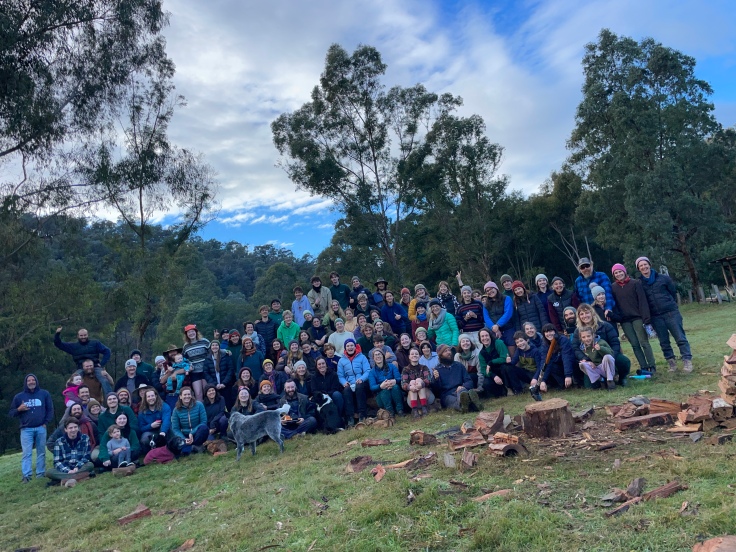
Wollangarra’s Aims
- To protect and enhance the natural environment through practical conservation, and to provide information and education about the natural environment;
- To educate young people about the beauty and value of the mountains and environment;
- To foster a positive and practical approach to conservation;
- To teach people about living with a minimal ecological footprint;
- To inspire in young people a strong work ethic and sense of community, and;
- To demonstrate and educate about the sustainable use of resources and the value of people and communities through a more simple, less materialistic lifestyle.
For further information
Wollangarra on Instagram.
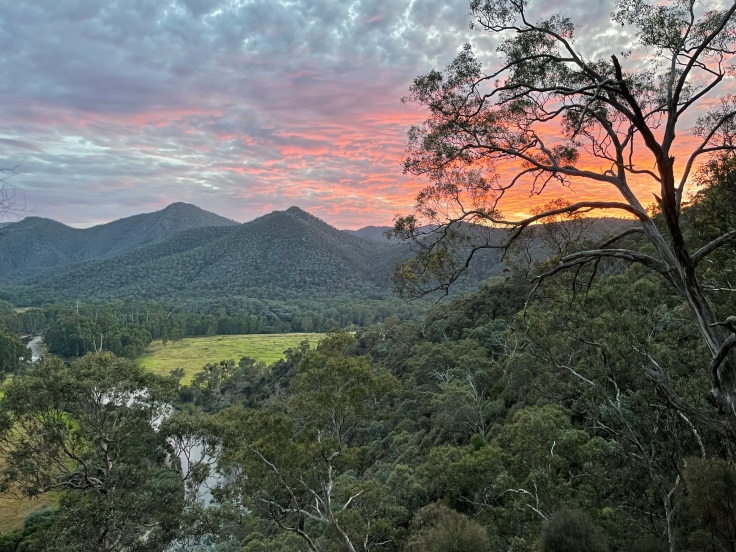
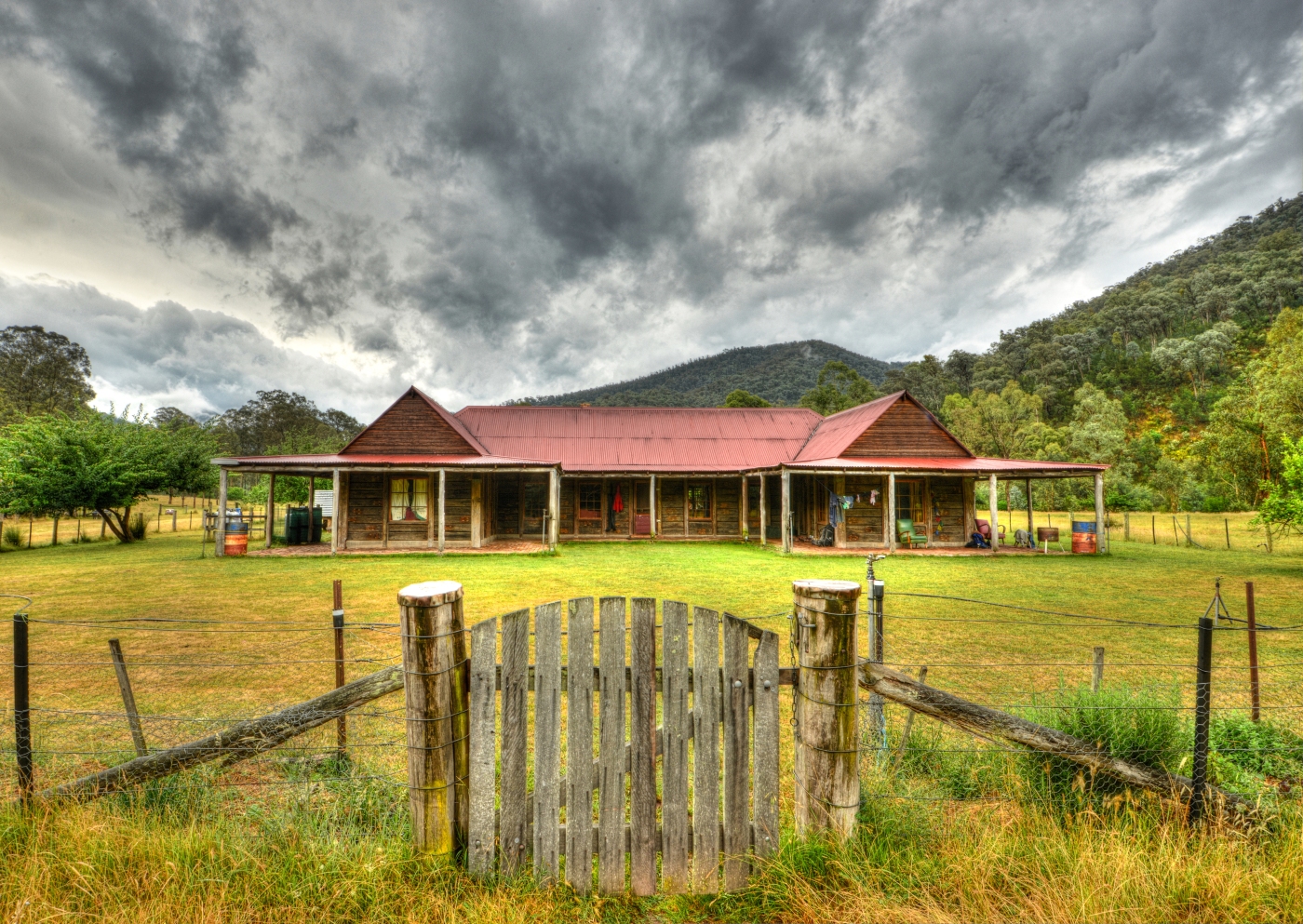
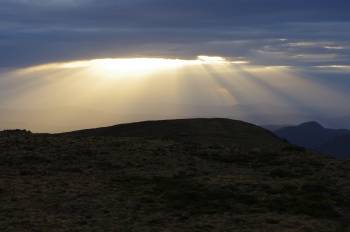






















































Leave a comment